
India is a place of dynamic diversity in landscape and lifestyle. It is not the vast disparities of wealth, which can be found in our own country, but the contrasts between the environments that struck me. The landscape shifted from agrarian countryside to a skyline dominated by looming high rises still clasped in their scaffolding. I saw old men wearing traditional Indian clothing standing next to people in suits talking on their cellphones. India presented many contrasts between archaic and modern ways of living. Witnessing people living in so many different ways brought to the forefront of my mind the question, “What is the best way to live?” People go around living in so many ways but what is the end result? Some people are happy and some people are depressed. My question is really, “What is the meaning of everyone’s life?” While sitting on the bus I realized that it really is up to people to determine and impart meaning to their own lives. If everyone’s lives are so different then it seems that the meaning is something determined by the individual. One of the main themes of the Dalai Lama’s teachings is that everyone desires happiness. When we met with him he spoke about this. Listening to the Dalai Lama talk about the universal qualities of happiness left me feeling more confident in my viewpoint. Everyone seeks happiness in a different way, but the goal is the same. The different dualities I observed in India were representative of this theme. I am not sure how this trip changed me or affected me yet, but I observed more in the two weeks I was there than I do in six months here. That is what is so valuable about travel; being out of your comfort zone creates awareness and a presence of mind that is harder to achieve at home.

When I think about my trip to India, I think about the people. I was struck partly by the sheer number of people, but more importantly, I was able to meet people. Meeting and dealing with people is what made my trip. The Taj Mahal and the Himalayas are incredible sights to see, but once you’ve seen them, then that’s it. In the same way I could not truly see the Taj Mahal without going to India, many of the people I met I would never have even known about, much less talked to, had I not gone. An individual person may not inspire the same sweeping kind of awe as the Himalayas, but an individual is able to tell a story in ways inanimate objects cannot. Some of the people we met were teachers, some were students, some were monks and some were random pedestrians, but all of them live in a world very different from my own. While I was only able to get glimpses of these different worlds, they had stark enough contrasts with my own as to give me insight. This insight was not only about these other people’s lives, it also highlighted aspects of my own world that would otherwise go unnoticed. The greatest gift I received on my trip was stories. Stories told to me about the experiences of individuals living, literally, on the other side of the world. I also now have stories that I hope to tell about my fascinating and informative journey to India.
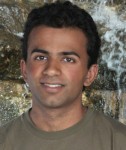
Rinchen Khando’s forgiveness and compassion and wisdom felt accessible.
I deeply admired her after our interview. I really didn’t know anything about her so I was in some ways expecting a fairly traditional Tibetan Buddhist woman and I expected to have some trouble understanding her. This was not the case at all. We talked about “connecting” a lot. I found a new way to understand that – it was possible to connect my own experiences with what she described. What she said about silent integrity, about doing things in a right, thoughtful way, and trusting that that is enough, validated and inspired something in me. The culture here in the United States is generally very much one of showing, of presentation and gestures. Even when doing good, we want to prove that we are doing good – and, while these are necessary and worthwhile things, a lot of charitable work takes the form of advocacy or political activism. What she said, and embodied, about doing what is right quietly and genuinely was very much a universal lesson, and more than that, an accessible and practicable one.

I see the world in terms of emotion, connection, and healing. India, and in particular Pardada Pardadi and Sri Ram Ashram, overwhelmed my world view. I was flooded by the love, energy, and authenticity of the children in these places. My first realization was that people can be healed. At Sri Ram Ashram, I was awestruck by the trust the children quickly bestowed on us. Even though some of the children had been terribly abused and neglected they gave their hearts to us as if they had never been broken. Their happiness was proof to me that deep emotional wounds can be helped by the unconditional love of others. This knowledge has changed me; given me more determination to help people because I now know people can be helped.
I am thankful for the opportunity I was given because in reflecting on this trip I realized how every lesson that ever mattered to me in values class solidified in India. The fact that wealth is not happiness, the power of human connection, interconnectedness, and moments of wonder; they have all come together into this huge part of who I am and who I want to be. Now, as I leave Mount Madonna and go into the world of college, jobs and dreams, I have this hope. The hope given to me by the smiling faces of the people next to their homes made of tarps, the hope of the orphaned children who love unconditionally, the hope of the students who love to learn, the hope of a woman who is a mother to a country in exile, and my hope that I can go out into the world and help people to heal their wounds.

Visiting the Tibetan Children’s Village School was a fitting experience because it caused me to recognize the importance of preserving my own culture. This school was not only a sanctuary for the Tibetan kids from the Chinese, it was also a place in which they could practice their beliefs freely and peacefully. It was compelling to see how the kids learned to redirect their anger from those who have harmed them and their families, and use it as motivation to become even more passionate about conserving their culture. It was apparent to me that they could not let it go because it was an integral part of their identity.
While observing these kids, I began to question my attachment and loyalty to my own heritage. I asked myself if I would be willing to pass it on to the next generation. I learned a very important life lesson through hearing about the life experiences of the students at TCV. When you have less of something, the more imperative it is to value it before there is a danger of losing it.

I don’t know if I have changed fundamentally as a person, but I do know that some of my actions and reactions will change as a result of the trip. The hard part will be remembering the trip in situations when what happened might affect the way I react; remembering how I felt when interacting with the girls from Pardada Pardadi, the kids at the Sri Ram Ashram, or students at the Tibetan Children’s Village. What will it take to commit these memories so completely that they alter my actions in a positive way?
Experiencing the people, the places, and the culture takes a lot out of you. The sights, sounds, and above all the smells, are all things that you can’t truly fathom unless you go yourself. Part of what may help finalize the India trip for me is simply working to understand the differences in the cultures and people of India and the United States. Maybe then I will understand what makes the Tibetans so inherently gracious and kind, or the children we met in India so happy and instantly loving.

There were many instances that struck me on our journey to India, but the predominate aspect that I noticed was the ability to overcome adversity. The kids that we met, who were living in poverty with no electricity and running water, with very little to eat, and sometimes violent, irresponsible parents, were able to overcome their suffering and be kind, compassionate, open and loving. In every school and orphanage we found ourselves at, we were welcomed in without hesitation. I feel that as a group, we learned a bit of this ability from them. Seeing suffering first hand, and being empathetic and compassionate toward these individuals helped us adapt to the complex country that India is. Of course, I am not comparing the suffering that we felt to theirs, but only that whenever we were met with adversity we formed into a team to overcome it. When we had to sleep on the floor, it became a laugh instead of a worry, or when we had interviews to write late at night, it became a deep philosophical conversation where we chose to immerse ourselves and learn instead of getting frustrated. It felt to me as if we learned a lot about how to stay strong in the face of adversity from the people that we met on our journey.

Two weeks seems like an unbelievably short amount of time considering all that we did. To this day I still find myself deconstructing all that happened. I often find my thoughts back on the other side of the world, lost in the vibrancy of culture that is India. I think about the schools we visited, such as Pathways, where students do service work in their community or schools like Pardada Pardadi, which are an act of service work to begin with. I linger on memories of Dharamsala, high above the lands below, yet still dwarfed by the towering Himalayas. There in the crisp clean air live a people who have left their homeland to escape oppression and search for better opportunities in life. Mostly children, who cross the great Himalayas on foot in search of an education, leaving behind all they know and love with little to no chance to return. These people live by the Dalai Lama’s teachings; teachings on how to live a compassionate meaningful life, teachings that are one of the reasons that we traveled to India in the first place, teachings that will help us understand how to spread values based education.
Some days I find myself back at the Sri Ram Ashram, a place I heard a thousand stories about but had never before had the chance to visit. A family on the other side of the world that I know I can always return to and find open arms and warm smiles. There are many more places that hold great meaning for me. The Golden Temple, Har ki Pauri, and Jama Masjid, are places of tremendous power that exemplify how integral faith is in India.
There were an infinite number of things to learn from India and I know that I will continue to learn from this experience for many years to come. One thing that I know will stick with me is the compassion and warmth I saw throughout India. I feel like people accepted us as an extended family and welcomed us in.

We visited many schools during our time in India and we saw everything from kids who were at the top, in terms of their wealth and quality of education, to kids who were paid to attend school as first generation students, to kids who had no access to any education at all. Meeting these kids showed me how everything comes down to education. At the top of the socio-economic ladder, the kids we met were the most similar to us; the conversations began easily, and we quickly began diving into what was important to us. We talked about certain values we held, about our “hardships, such as the fear of going out into the world untested, being confronted with an overwhelming number of choices, and navigating the responsibility that comes with privilege. Challenging issues, but very different from the issues of the students at the next level. These students knew their path; all of them said they wished to be doctors, or firefighters, or engineers. These students knew some of the struggles of the world and their gratitude for having what they had was endless and inspiring. However, it was when I saw a child who clearly had not been educated at all that I realized how large the range of potential in any student is.
This realization came during one of our train rides. I observed young boys, maybe the oldest was twelve, who swept under the train seats at each stop. At one point I looked over and saw a boy on his knees sweeping up the trash. He was missing an arm. Someone had taken pity on him and instead of giving a few rupees as a tip, they gave him a power bar. This prize was soon seen by another boy who then attacked the boy with the missing arm and took the power bar. They hit each other and spoke quickly and angrily in Hindi. As they squatted on the ground of the dirt-filled train and attacked each other over a power bar, they seemed like animals. All that I saw was there was the survival instinct. At that moment I realized that that boy had the potential to be just like me, writing a reflection on my laptop, and that inversely, I had the potential to be just like him, fighting on the ground for food. The only difference was that I had the opportunity to be educated.

One of the most important things about myself that I was reminded of while in India is that I don’t need some giant revelation or some great experience to give me a sense of purpose or direction. I know what I want to do in life and I’ve known since I was three. I just know now that when I make commitments to myself, and I mean really commit, I have the ability to uphold them. And I know that compassion and education will always play important roles in my life and my ability to interact and share my knowledge with other people. Being in India reinforced my belief in doing what I love and becoming the person I want to be because so many don’t get the chance to do so. I have so many opportunities at my fingertips and from what I’ve learned, from all of my experiences, including travelling to India, I need to take advantage of them.

One of my most vivid images of the trip is of one of the young girls at the Pardada Pardadi School. She carried herself in the most imperious and dignified way. Her pose showed me that even half the world away, in one of the most disadvantaged places in the world, you still find pride and dignity. This trip did not change me in a huge way but that does not mean I lacked powerful experiences or moments of great wonder. The trip was full of those. Rather, what should be taken is that the trip cemented the ideals I already worked towards and thought were right.
This memory of the girl at Pardada Pardadi is the only way I can find to show what the India trip meant to me. Reflecting back on the trip I find that I am not a different person. I have not come through the trip with any sort of new clarity on life nor do I find myself suddenly living any differently. I will cherish the experience forever and there is immense value in what we did, but I am still me. If anything, this trip has taught me that the best and most effective way to help the world is to do what you are good at and passionate about, no matter what the obstacles are. If you put forth positive energy and intention then you will leave an altogether positive impact on the world and the lives of those you interact with.

It is easy to see that there is no one way to live that will satisfy everyone. However, meeting people with such differing conditions for happiness altered my perspective on what criteria must be met in order to achieve happiness and what role I have as an individual in the happiness of others. Everyone deserves the basic necessities of life and as citizens of the world we have at least some obligation to fulfill these needs, but happiness can’t be supplied in the same way that water or food can. A person is ultimately responsible for discovering what it is they need in order to live an enjoyable life. That is not to say that assistance shouldn’t be offered, as people are often made aware of their own opportunities through the input of others. However lasting happiness cannot be forced upon someone through purely external means. Though Americans live comparably good lives, our lifestyles and goals may not work for everyone and only an individual can choose the path that suits them best whether it be through material gain, spiritual enrichment, social pursuits or something else. Through my travels I have learned that the nature of happiness is much more complicated than I had previously believed and that the most important step in helping a person is listening and respecting them.
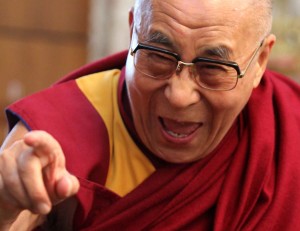
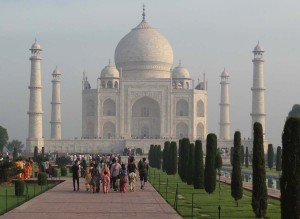
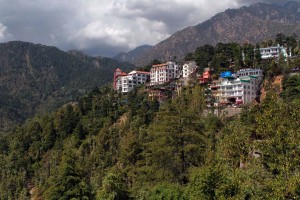
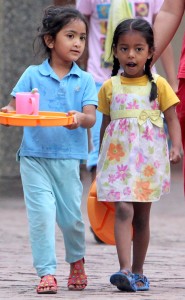
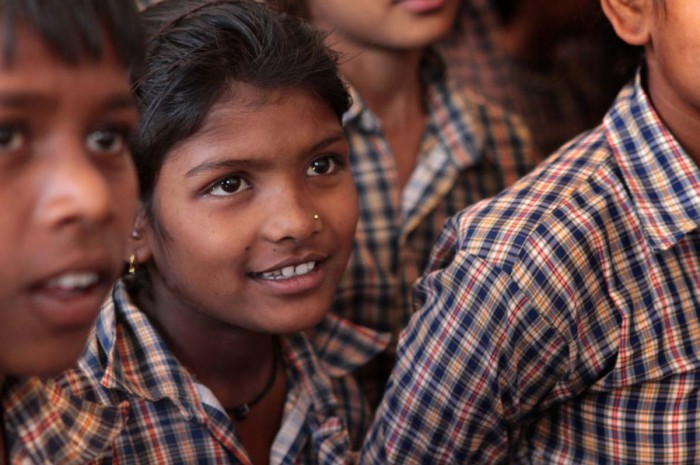
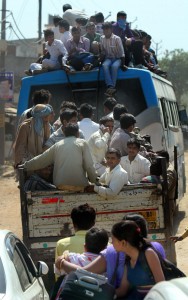
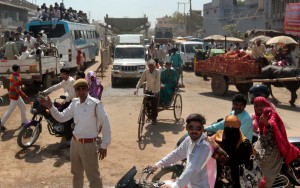

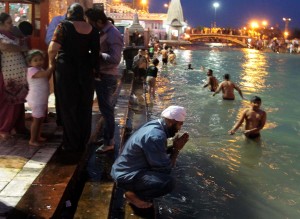
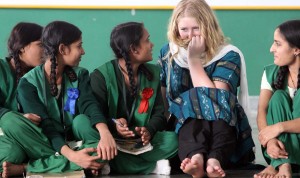
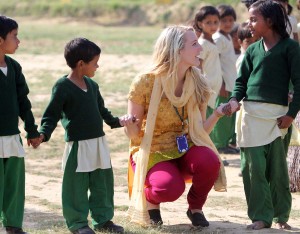
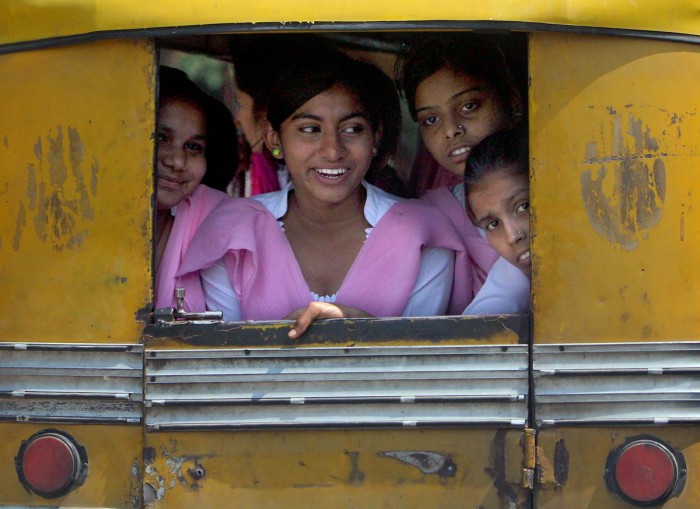
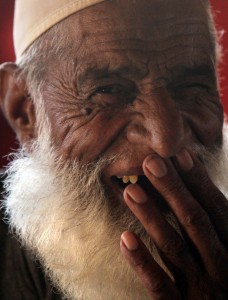
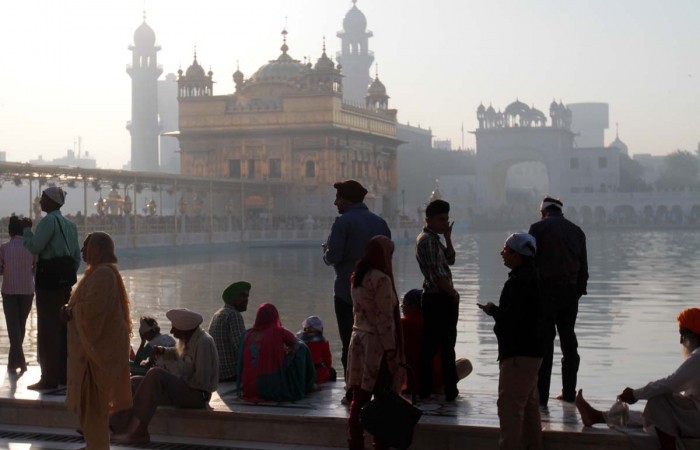
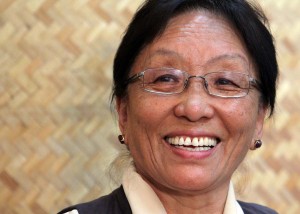
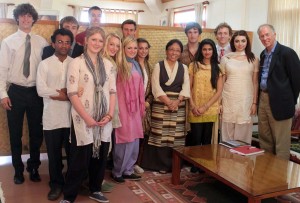
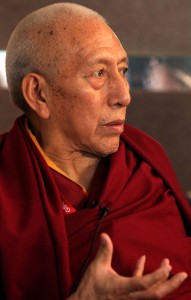
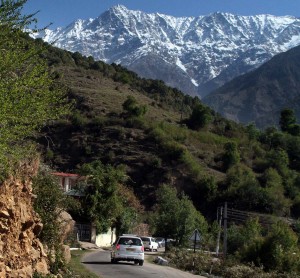
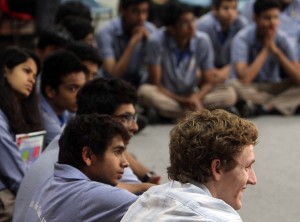
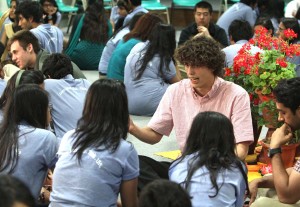
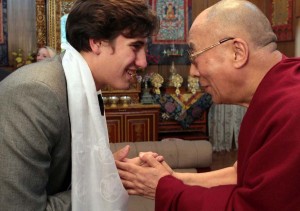
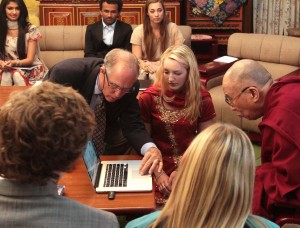
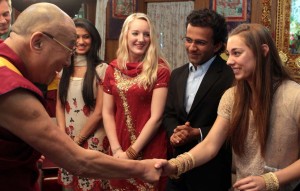
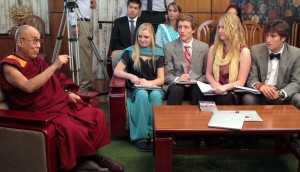
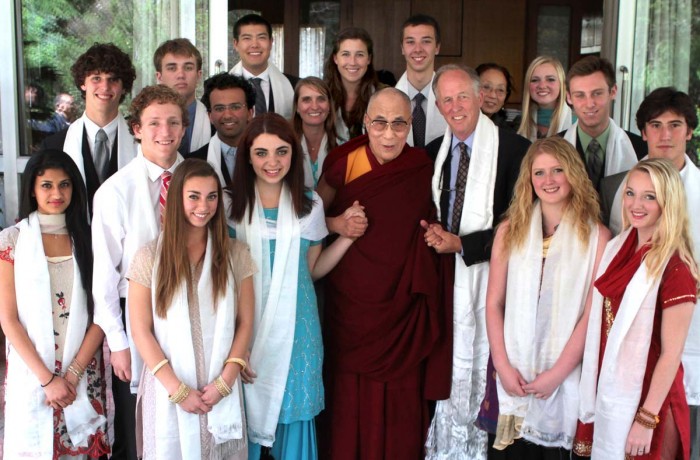
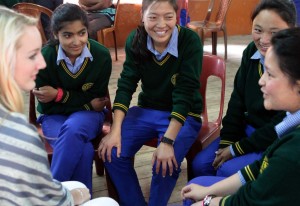
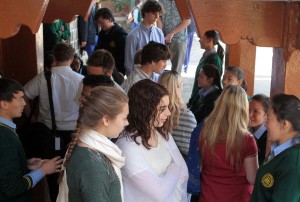
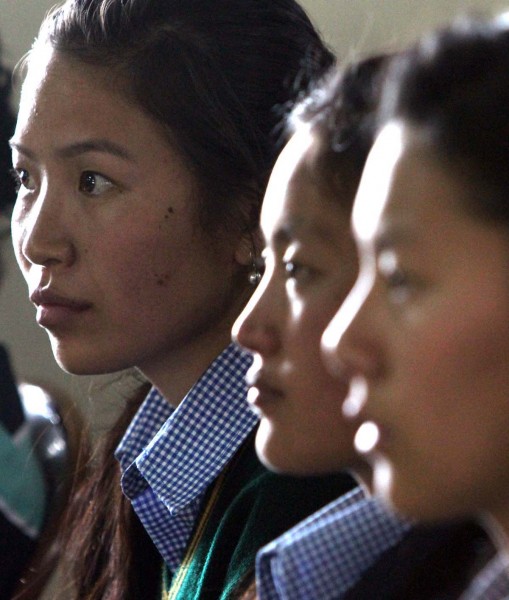

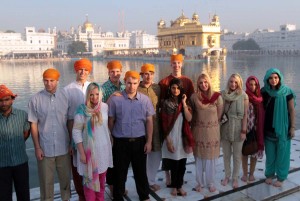
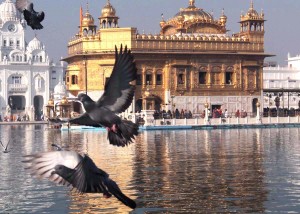
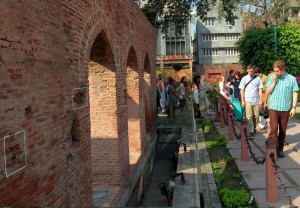
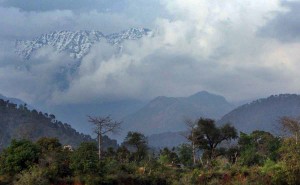
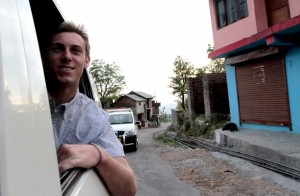
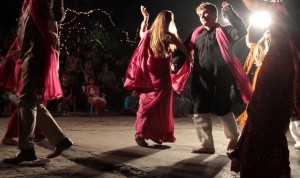

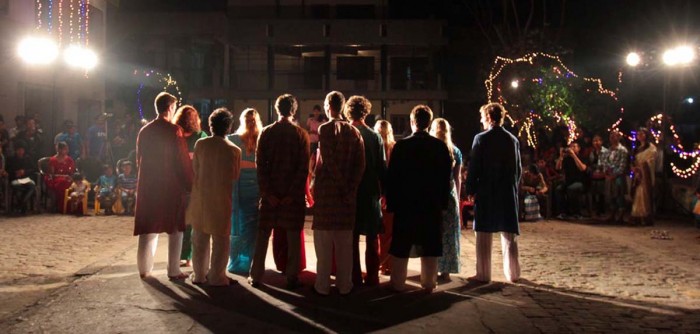
You must be logged in to post a comment.